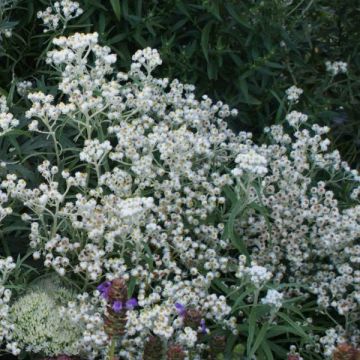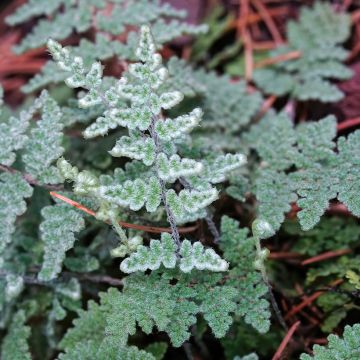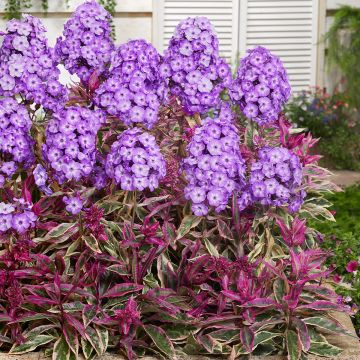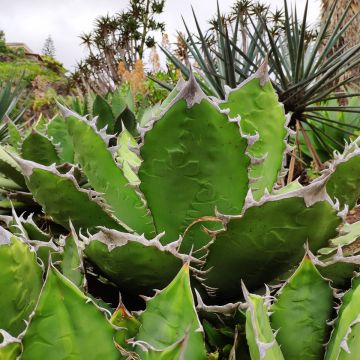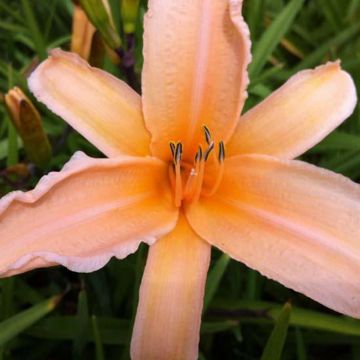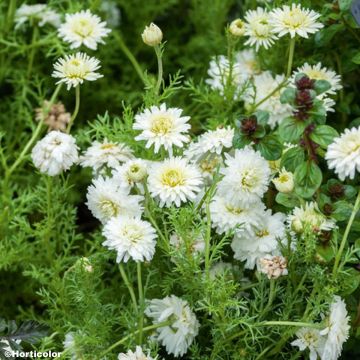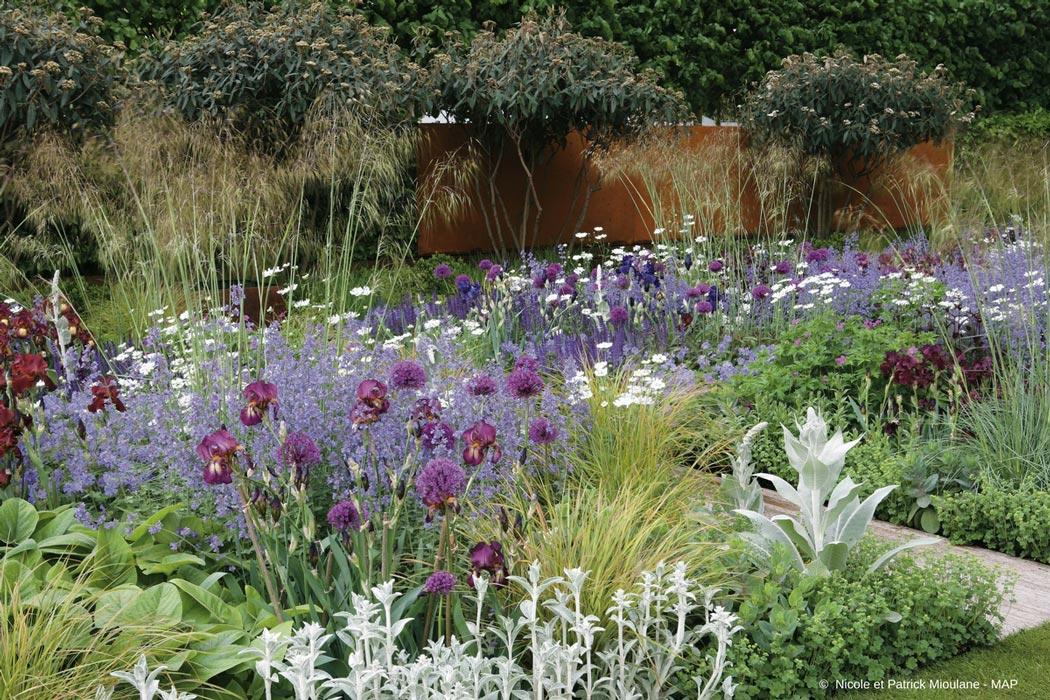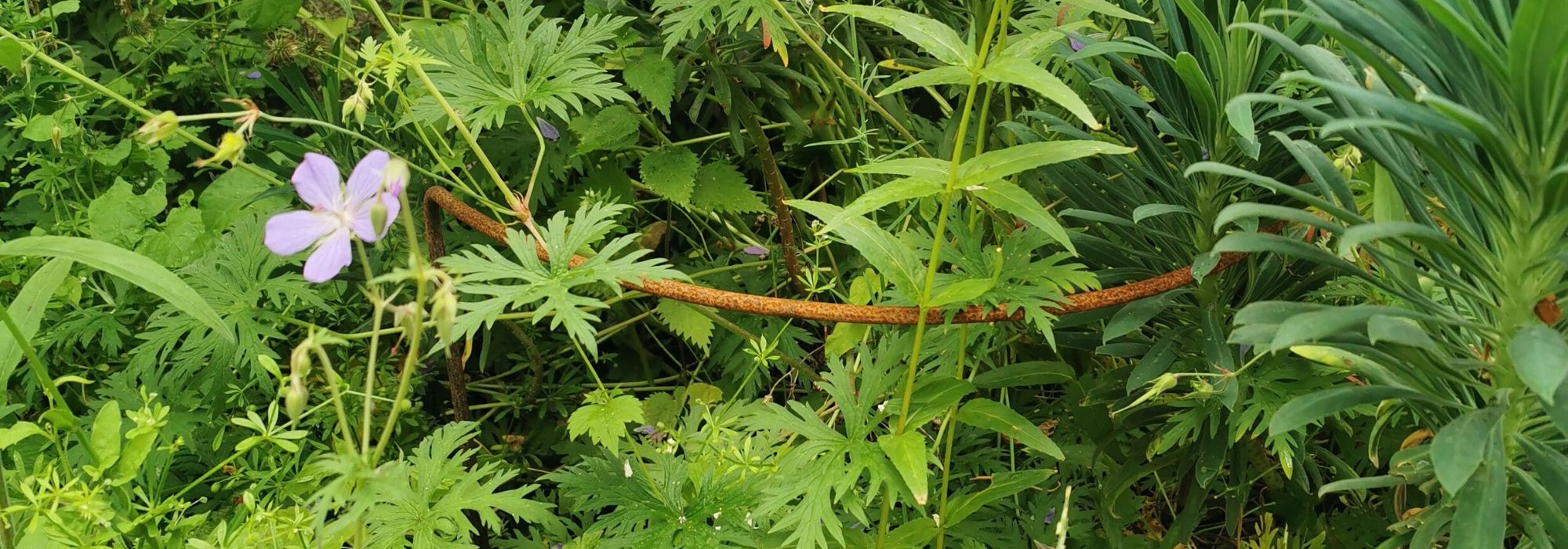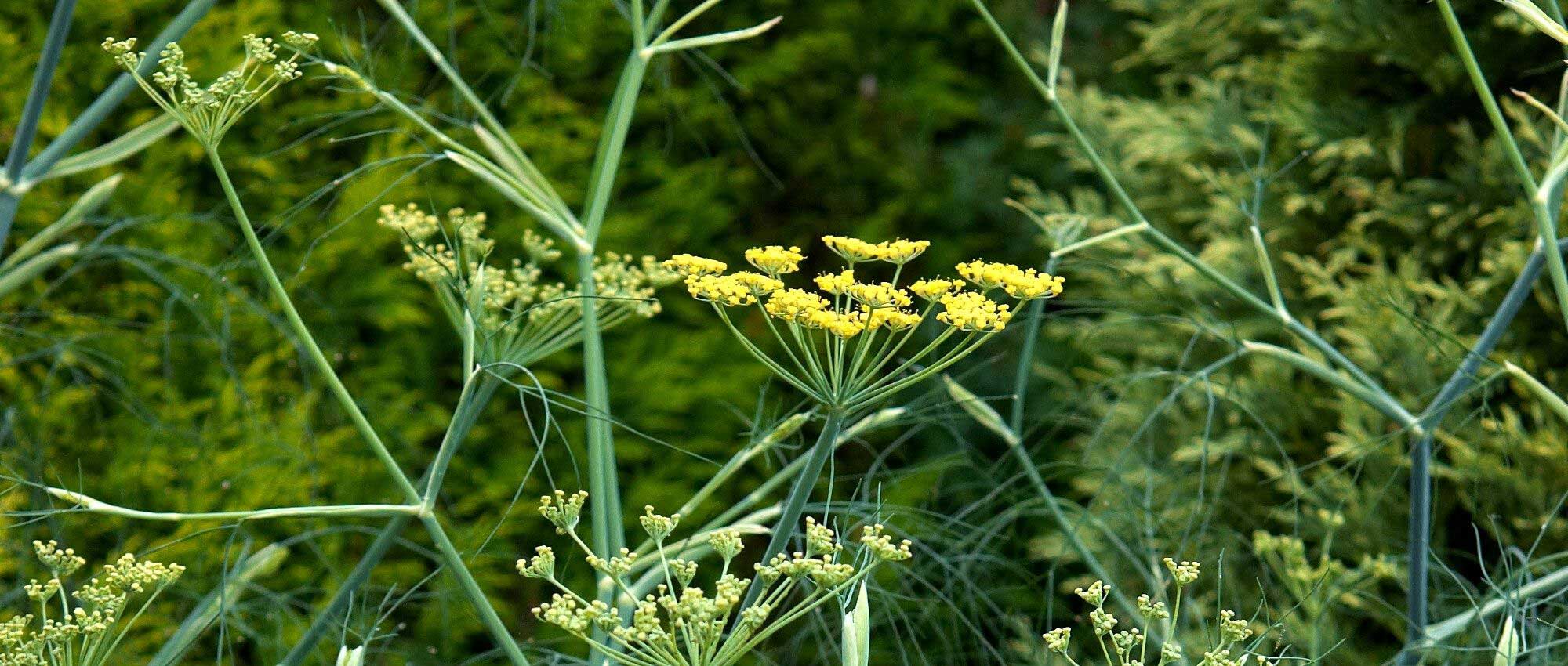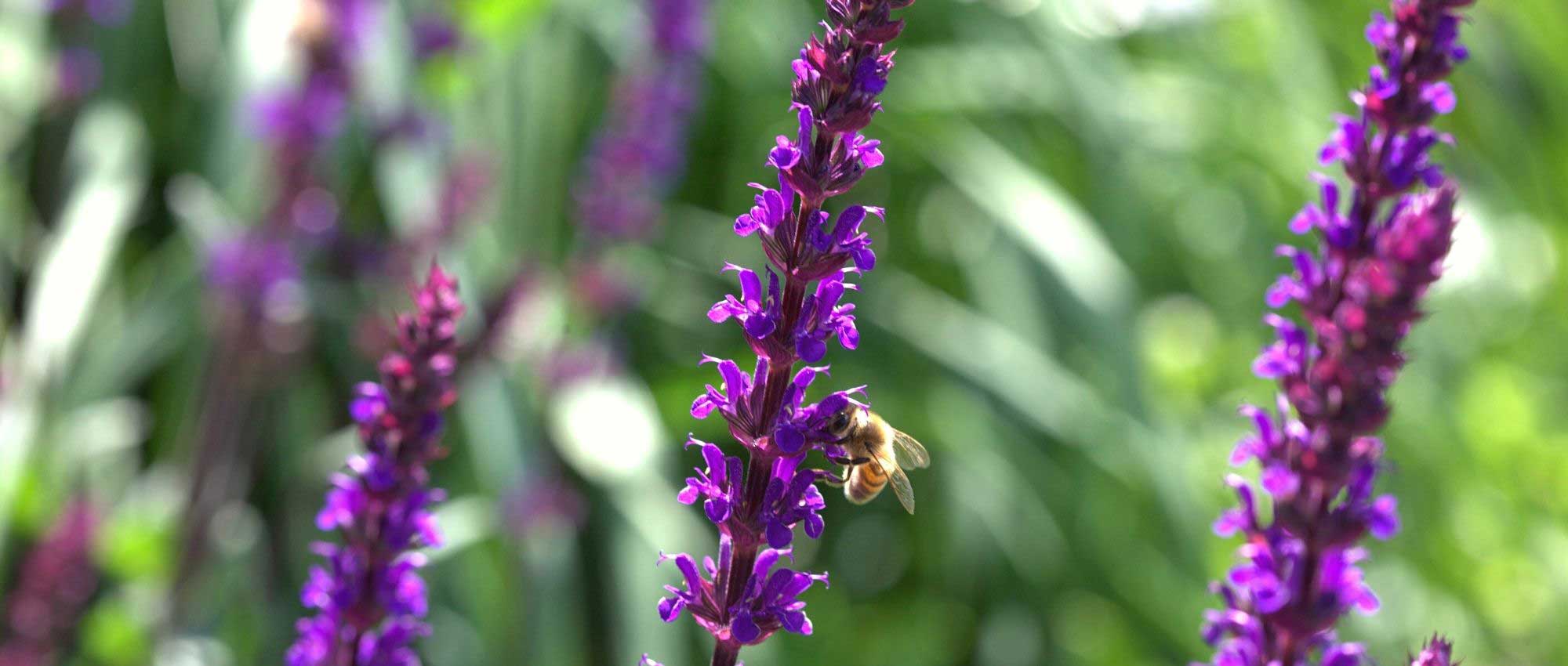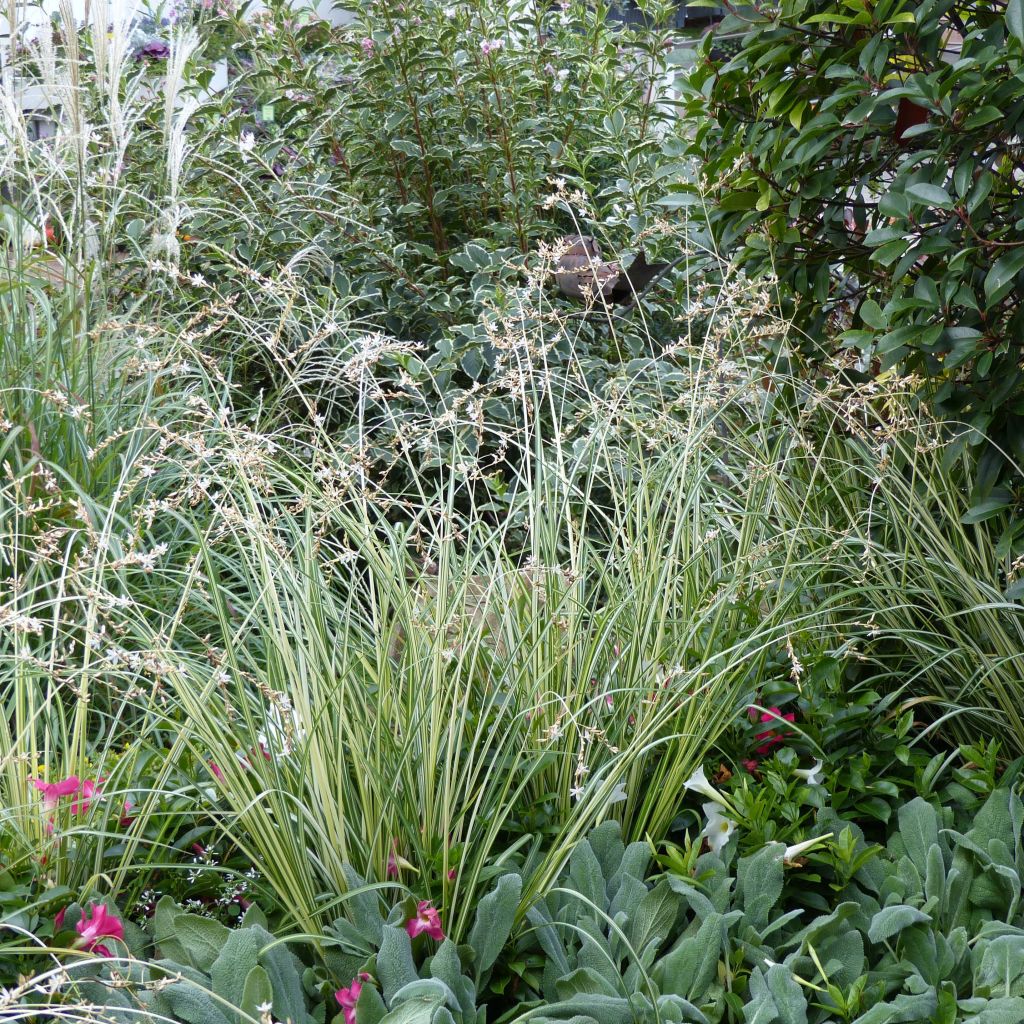

Anthericum saundersiae Starlight
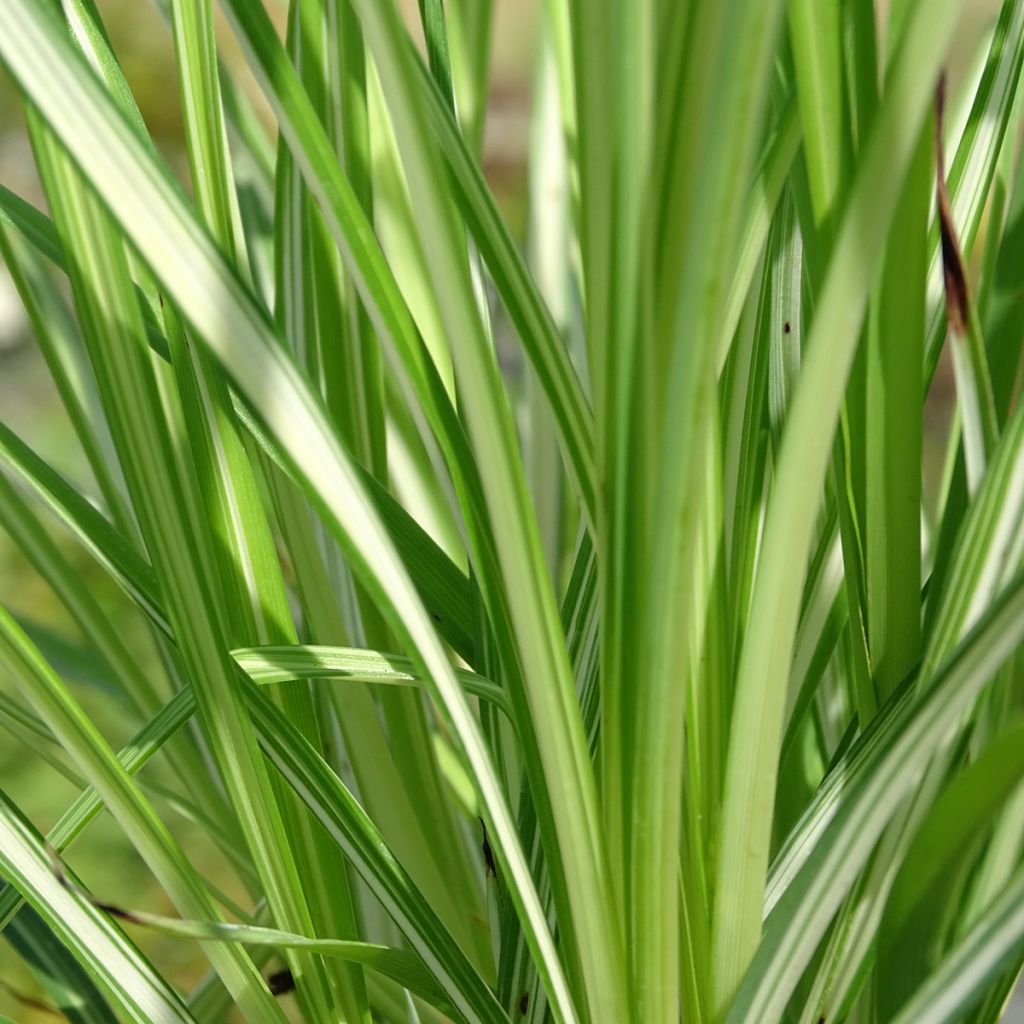

Anthericum saundersiae Starlight
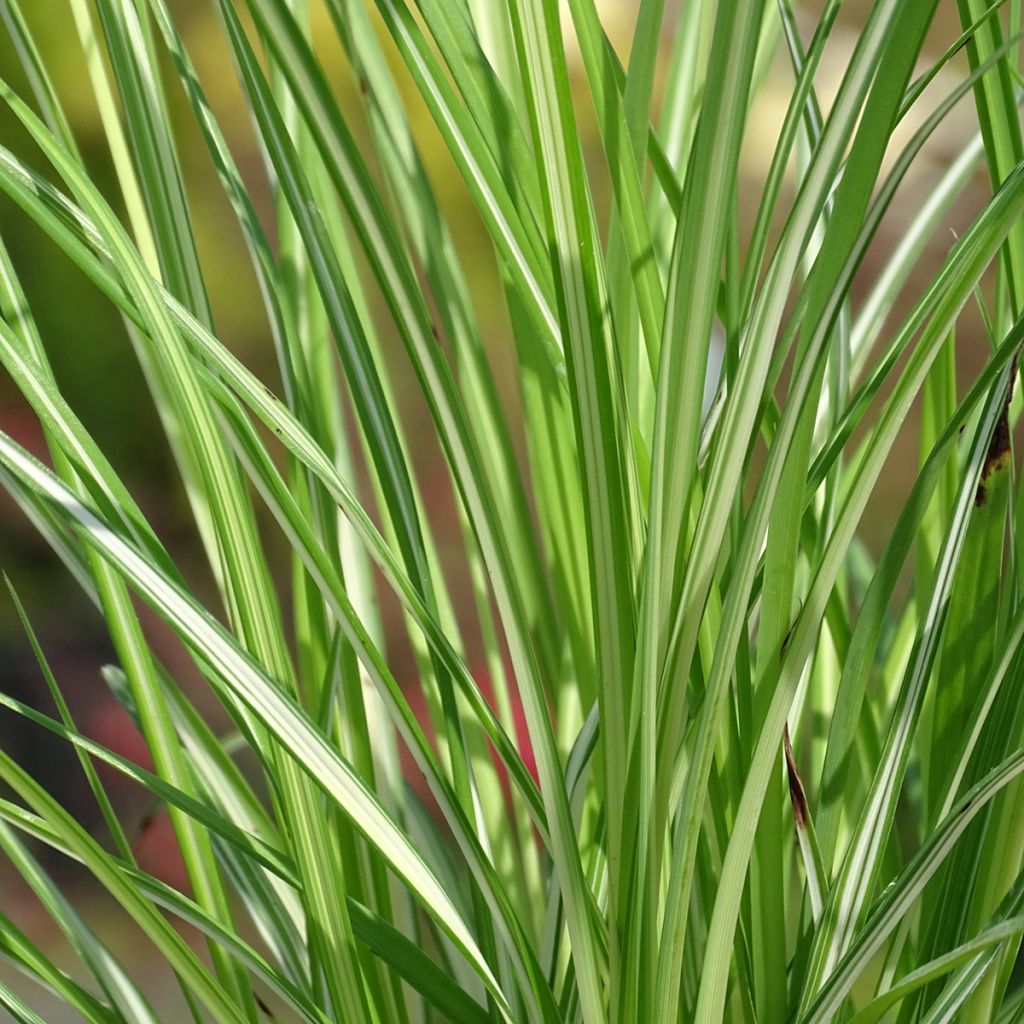

Anthericum saundersiae Starlight
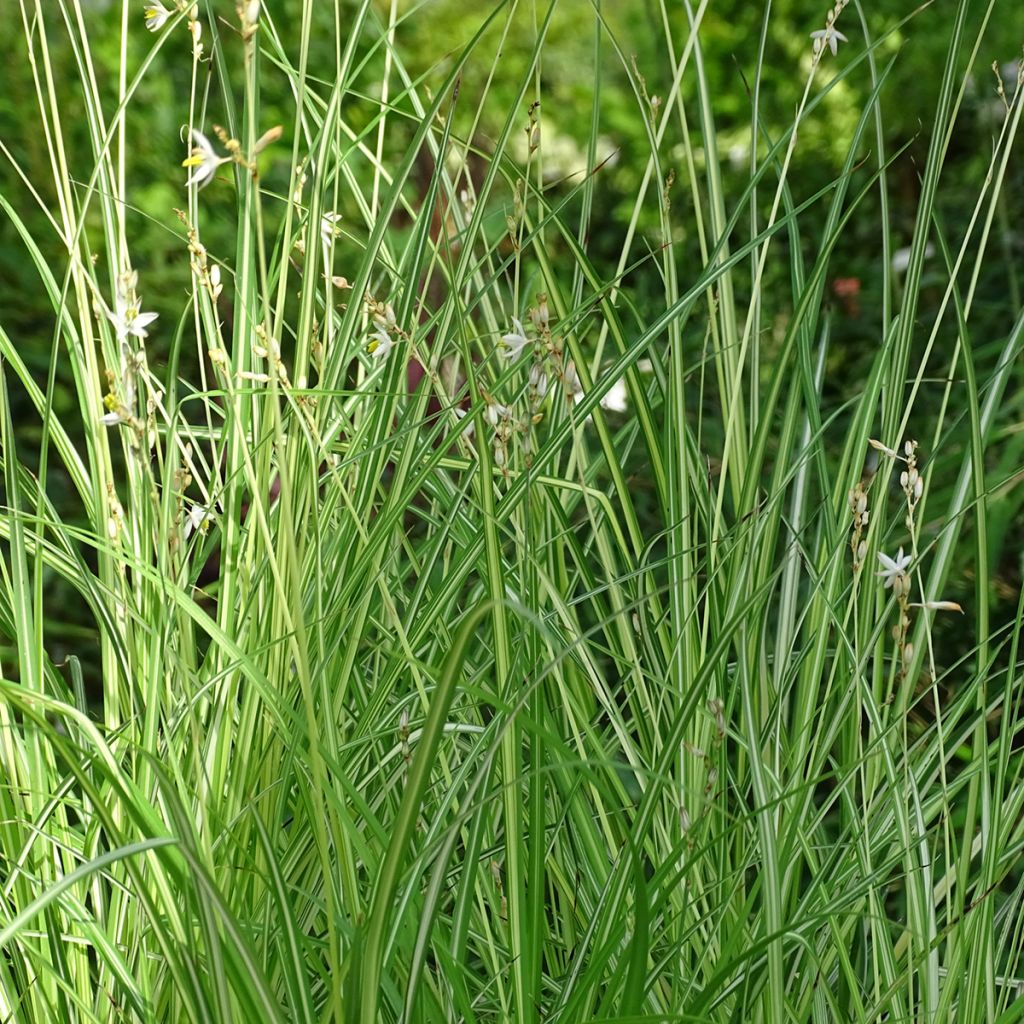

Anthericum saundersiae Starlight
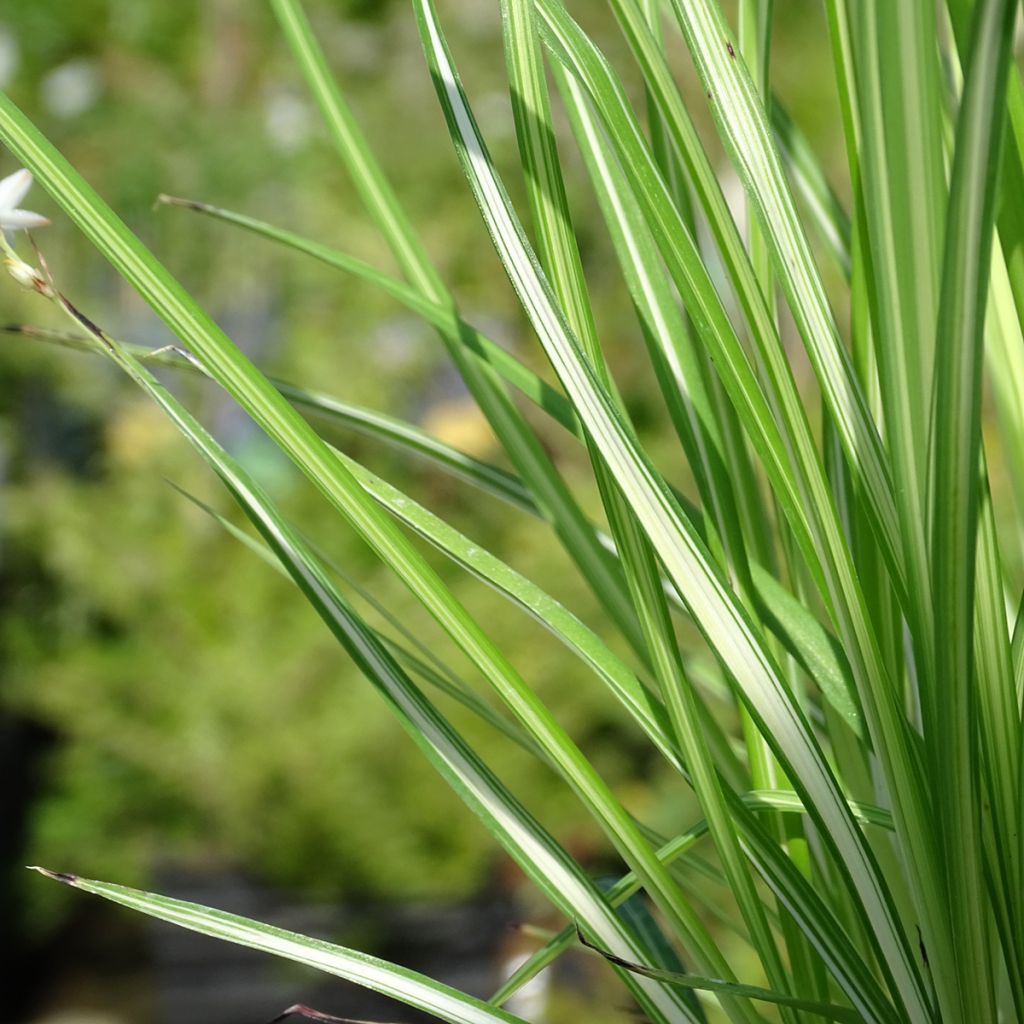

Anthericum saundersiae Starlight
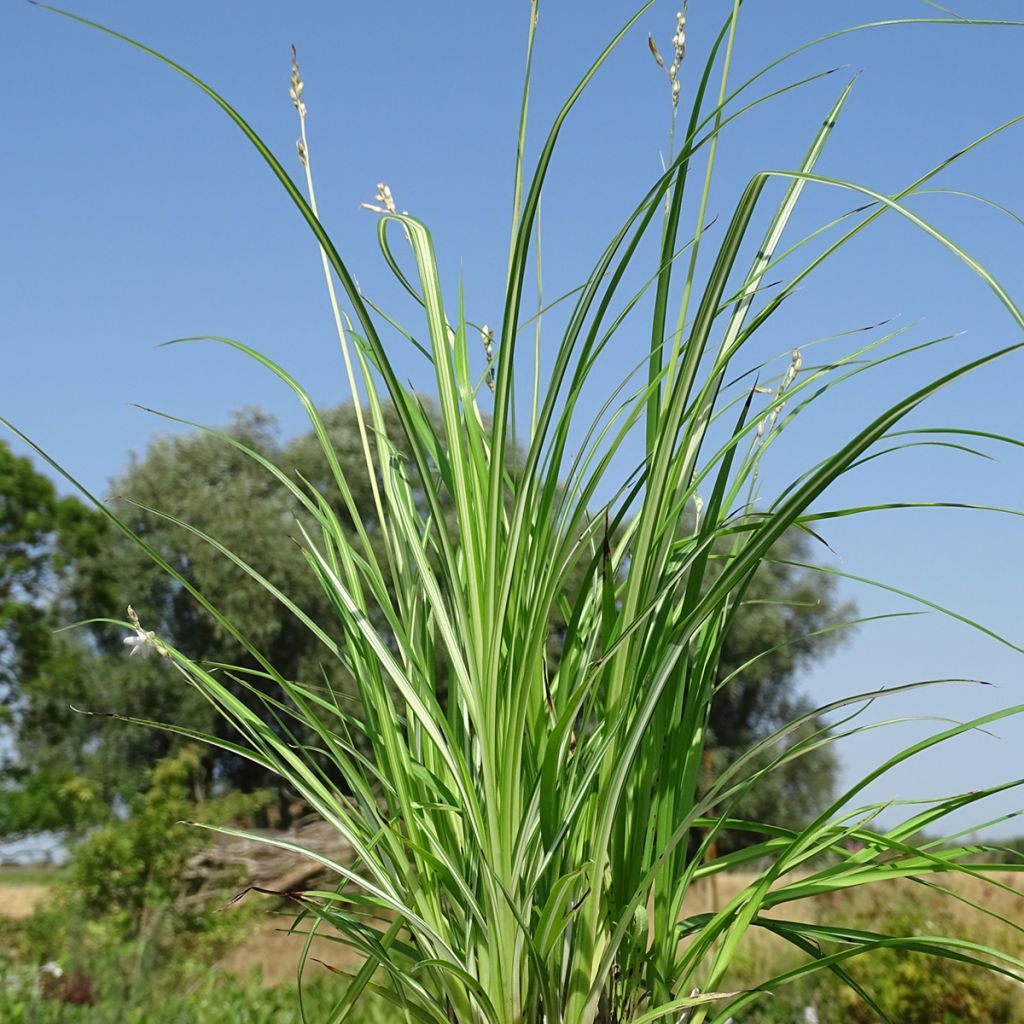

Anthericum saundersiae Starlight
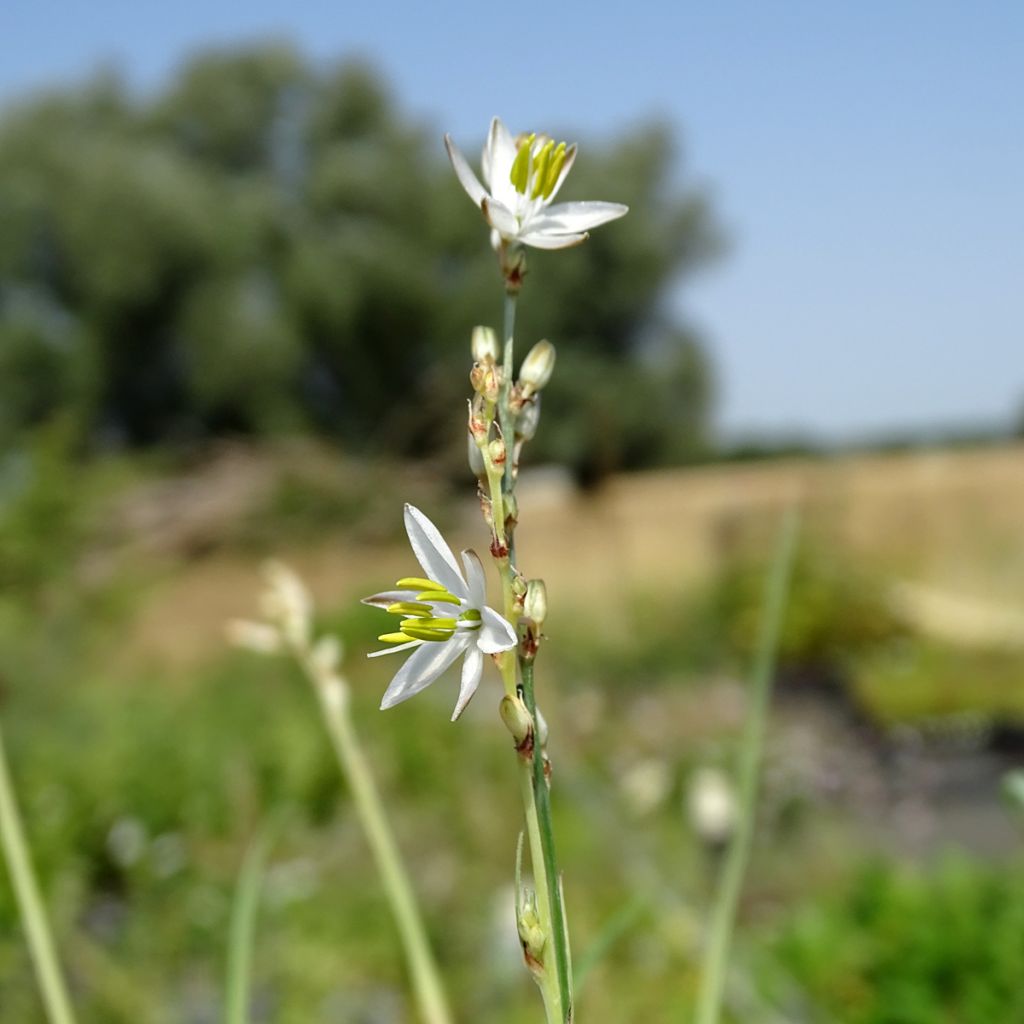

Anthericum saundersiae Starlight
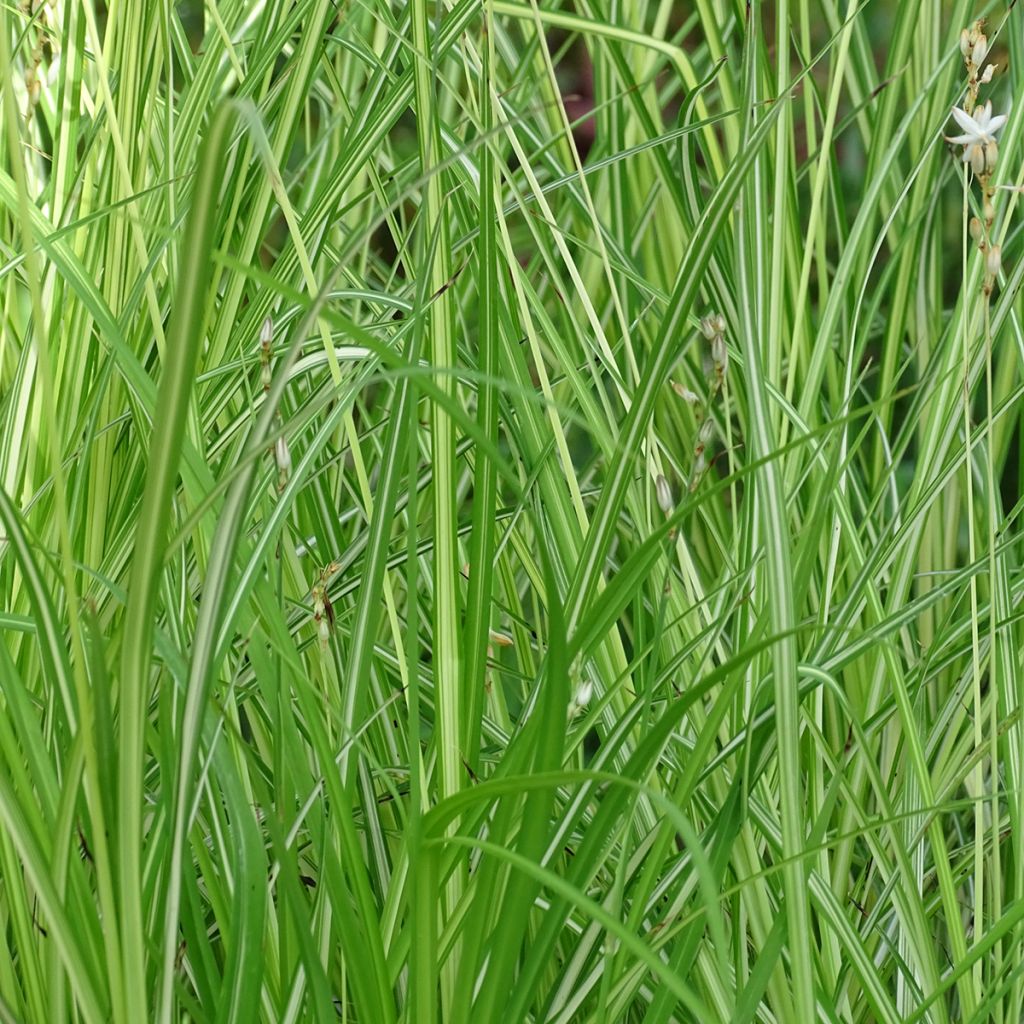

Anthericum saundersiae Starlight
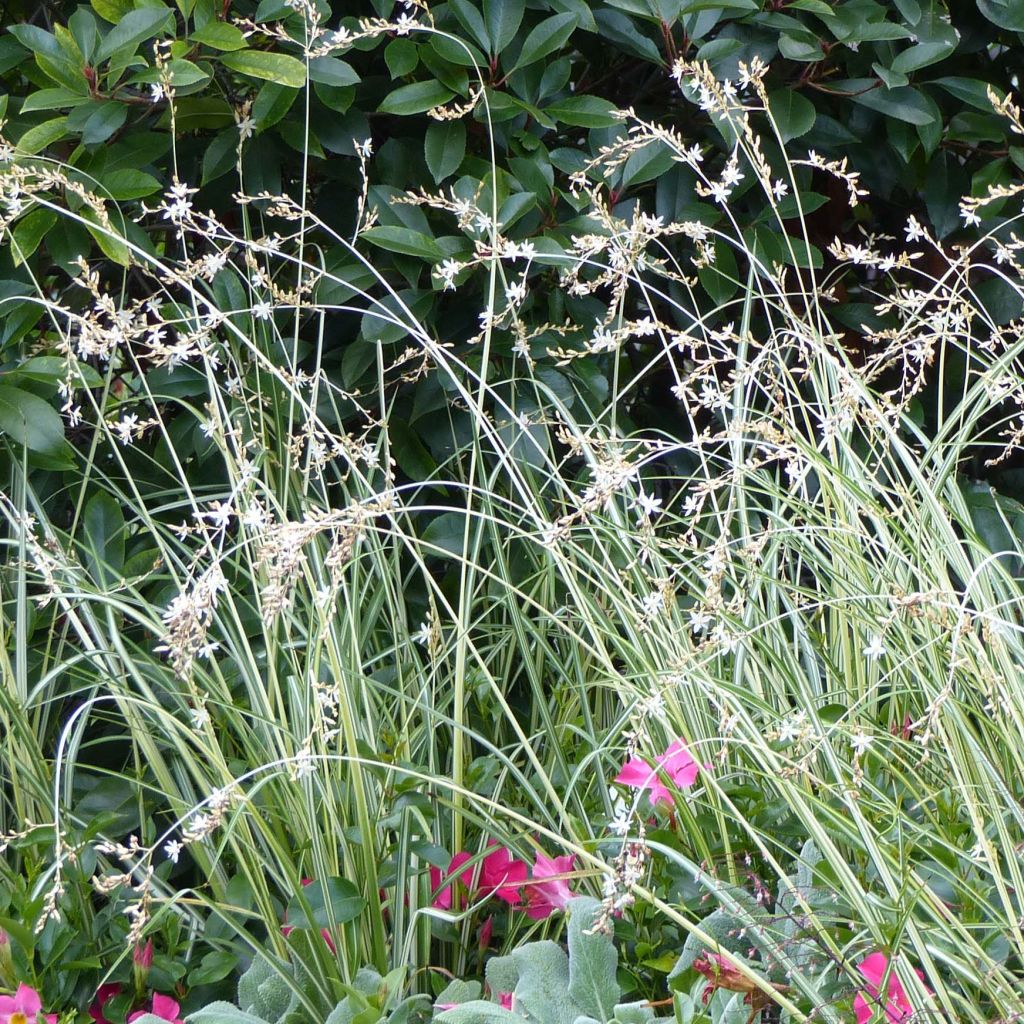

Anthericum saundersiae Starlight
Anthericum saundersiae Starlight
Anthericum saundersiae Starlight
Saunder's spider plant
Special offer!
Receive a €20 voucher for any order over €90 (excluding delivery costs, credit notes, and plastic-free options)!
1- Add your favorite plants to your cart.
2- Once you have reached €90, confirm your order (you can even choose the delivery date!).
3- As soon as your order is shipped, you will receive an email containing your voucher code, valid for 3 months (90 days).
Your voucher is unique and can only be used once, for any order with a minimum value of €20, excluding delivery costs.
Can be combined with other current offers, non-divisible and non-refundable.
Home or relay delivery (depending on size and destination)
Schedule delivery date,
and select date in basket
This plant carries a 12 months recovery warranty
More information
We guarantee the quality of our plants for a full growing cycle, and will replace at our expense any plant that fails to recover under normal climatic and planting conditions.
Does this plant fit my garden?
Set up your Plantfit profile →
Description
Anthericum saundersiae 'Starlight', also known as Chlorophytum saundersiae 'Starlight', is a beautiful perennial of South African origin related to our indoor chlorophytums. However, 'Starlight' is hardy enough to be planted outdoors in many regions. It is incredibly bright, thanks to its variegated cream foliage and its small white star-shaped flowers forming a fountain of light. It is decorative all year round. It can be planted in partially shaded flower beds that it illuminates, as well as in pots on a patio. Undemanding, elegant, and capable of withstanding our normal winters, this beauty is an ideal choice for the garden!
Anthericum saundersiae is native to coastal forests and flood meadows near river mouths, in the South African provinces of KwaZulu-Natal, Swaziland, and certain stations in the Eastern Cape. It is a tall perennial that resembles a grass and grows in large colonies. It belongs to the Asparagaceae family. Its hardiness is around -12 to -15°C (10.4 to 5°F) in well-draining soil.
The 'Starlight' cultivar stands out with its smaller growth and strongly cream-striped leaves on a light green-blue background along their entire length. In the span of about ten years, the plant forms a clump of long linear and slightly trailing leaves, reaching a height of about 1m (3ft) with a spread of 50cm (20in) on the ground. The abundant flowering takes place in summer, in July-August. Clumps of leaves emerge from branched flower stems, each branch ending in a spike of small white flowers with yellow stamens. The flowers bear 5 reflexed tepals and are borne on short jointed pedicels. They are attractive to many pollinating insects. The flowers are followed by green to brown fruits that are small globular capsules containing numerous angular black seeds. Plants grown from seeds may not necessarily exhibit the cream variegation.
'Starlight' brings a lot of light and airiness to partially shaded flower beds. It happily accompanies tall grasses, as well as pink roses, silver candles, baptisias, linarias, and steppe lilies (Eremurus). This perennial is perfect for creating floral compositions in large pots on a patio. Choose cannas and colocasias to create a beautiful exotic scene, for example. It also finds its place in a Japanese garden, surrounded by Japanese grass (Hakonechloa). Its association with Crocosmia is fabulous!
Report an error about the product description
Anthericum saundersiae Starlight in pictures
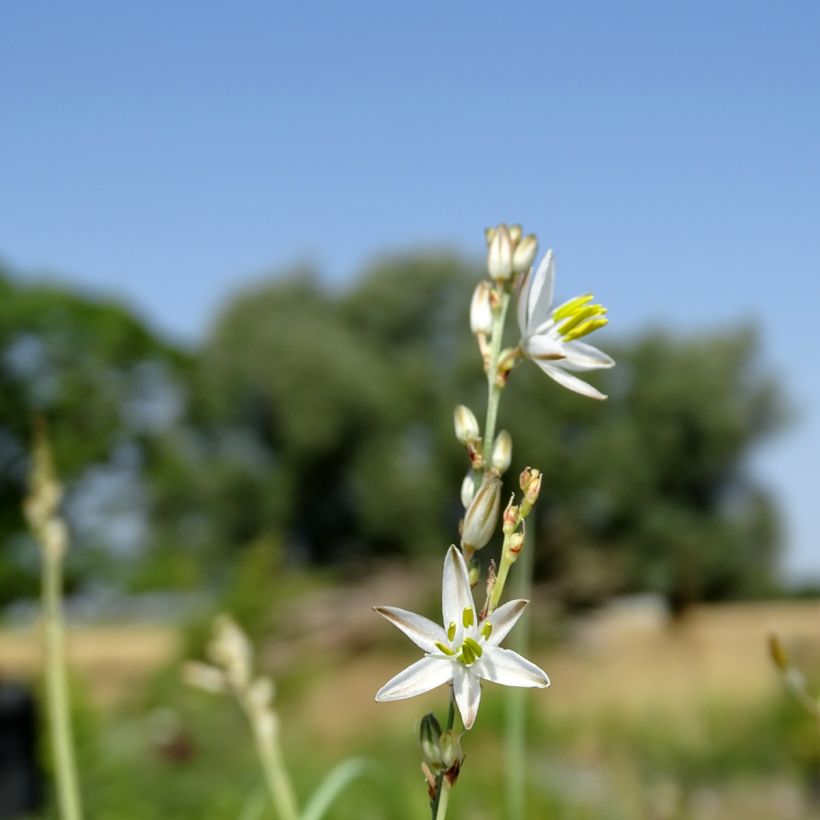

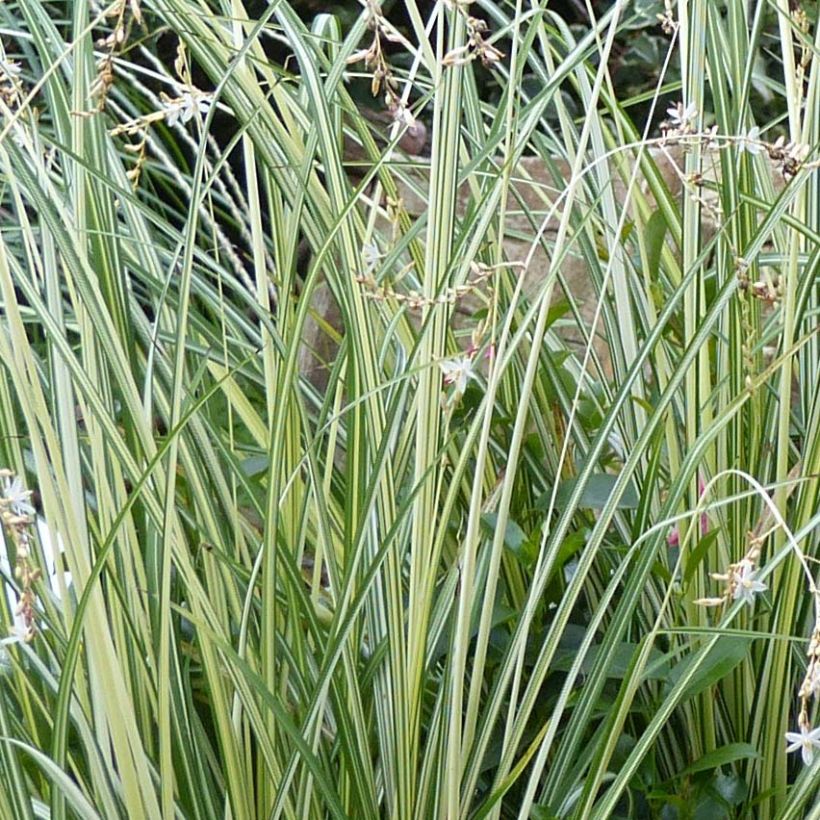

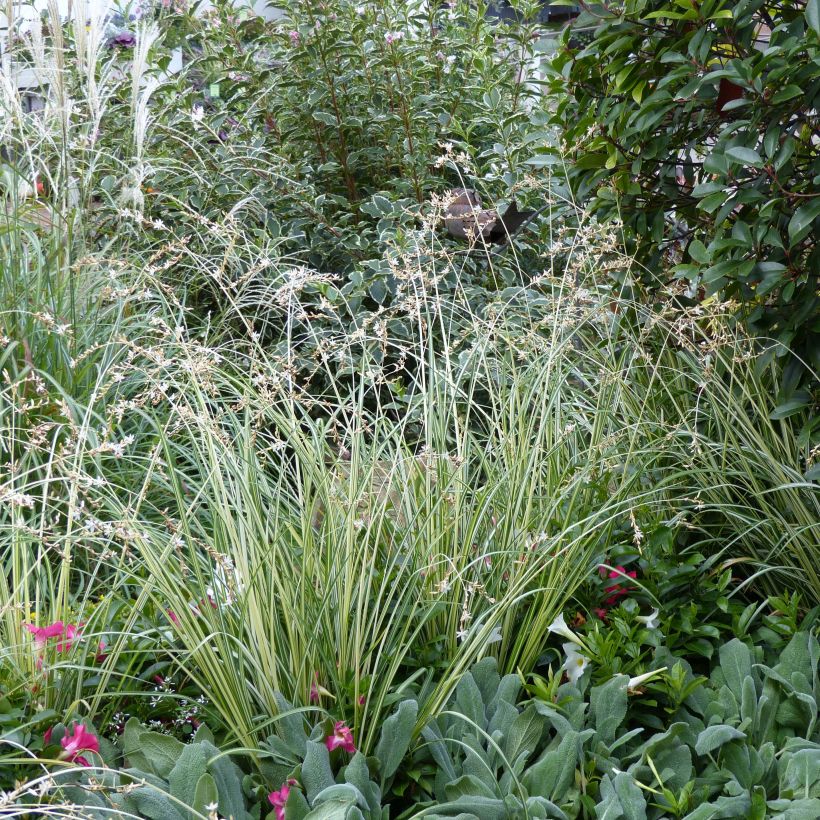

Flowering
Foliage
Plant habit
Botanical data
Anthericum
saundersiae
Starlight
Anthericaceae
Saunder's spider plant
Cultivar or hybrid
Other Perennials A to Z
View all →Planting and care
It likes well-drained soils, even sandy and limestone ones. it will grow in a more acidic clay soil, as long as it is not waterlogged in winter. It appreciates some moisture in summer, but prefers drier winters. Its hardiness is very good in slightly dry soils in winter. It is not prone to many diseases and pests, but slugs enjoy its young shoots in spring.
Planting period
Intended location
Care
Planting & care advice
This item has not been reviewed yet - be the first to leave a review about it.
Haven't found what you were looking for?
Hardiness is the lowest winter temperature a plant can endure without suffering serious damage or even dying. However, hardiness is affected by location (a sheltered area, such as a patio), protection (winter cover) and soil type (hardiness is improved by well-drained soil).

Photo Sharing Terms & Conditions
In order to encourage gardeners to interact and share their experiences, Promesse de fleurs offers various media enabling content to be uploaded onto its Site - in particular via the ‘Photo sharing’ module.
The User agrees to refrain from:
- Posting any content that is illegal, prejudicial, insulting, racist, inciteful to hatred, revisionist, contrary to public decency, that infringes on privacy or on the privacy rights of third parties, in particular the publicity rights of persons and goods, intellectual property rights, or the right to privacy.
- Submitting content on behalf of a third party;
- Impersonate the identity of a third party and/or publish any personal information about a third party;
In general, the User undertakes to refrain from any unethical behaviour.
All Content (in particular text, comments, files, images, photos, videos, creative works, etc.), which may be subject to property or intellectual property rights, image or other private rights, shall remain the property of the User, subject to the limited rights granted by the terms of the licence granted by Promesse de fleurs as stated below. Users are at liberty to publish or not to publish such Content on the Site, notably via the ‘Photo Sharing’ facility, and accept that this Content shall be made public and freely accessible, notably on the Internet.
Users further acknowledge, undertake to have ,and guarantee that they hold all necessary rights and permissions to publish such material on the Site, in particular with regard to the legislation in force pertaining to any privacy, property, intellectual property, image, or contractual rights, or rights of any other nature. By publishing such Content on the Site, Users acknowledge accepting full liability as publishers of the Content within the meaning of the law, and grant Promesse de fleurs, free of charge, an inclusive, worldwide licence for the said Content for the entire duration of its publication, including all reproduction, representation, up/downloading, displaying, performing, transmission, and storage rights.
Users also grant permission for their name to be linked to the Content and accept that this link may not always be made available.
By engaging in posting material, Users consent to their Content becoming automatically accessible on the Internet, in particular on other sites and/or blogs and/or web pages of the Promesse de fleurs site, including in particular social pages and the Promesse de fleurs catalogue.
Users may secure the removal of entrusted content free of charge by issuing a simple request via our contact form.
The flowering period indicated on our website applies to countries and regions located in USDA zone 8 (France, the United Kingdom, Ireland, the Netherlands, etc.)
It will vary according to where you live:
- In zones 9 to 10 (Italy, Spain, Greece, etc.), flowering will occur about 2 to 4 weeks earlier.
- In zones 6 to 7 (Germany, Poland, Slovenia, and lower mountainous regions), flowering will be delayed by 2 to 3 weeks.
- In zone 5 (Central Europe, Scandinavia), blooming will be delayed by 3 to 5 weeks.
In temperate climates, pruning of spring-flowering shrubs (forsythia, spireas, etc.) should be done just after flowering.
Pruning of summer-flowering shrubs (Indian Lilac, Perovskia, etc.) can be done in winter or spring.
In cold regions as well as with frost-sensitive plants, avoid pruning too early when severe frosts may still occur.
The planting period indicated on our website applies to countries and regions located in USDA zone 8 (France, United Kingdom, Ireland, Netherlands).
It will vary according to where you live:
- In Mediterranean zones (Marseille, Madrid, Milan, etc.), autumn and winter are the best planting periods.
- In continental zones (Strasbourg, Munich, Vienna, etc.), delay planting by 2 to 3 weeks in spring and bring it forward by 2 to 4 weeks in autumn.
- In mountainous regions (the Alps, Pyrenees, Carpathians, etc.), it is best to plant in late spring (May-June) or late summer (August-September).
The harvesting period indicated on our website applies to countries and regions in USDA zone 8 (France, England, Ireland, the Netherlands).
In colder areas (Scandinavia, Poland, Austria...) fruit and vegetable harvests are likely to be delayed by 3-4 weeks.
In warmer areas (Italy, Spain, Greece, etc.), harvesting will probably take place earlier, depending on weather conditions.
The sowing periods indicated on our website apply to countries and regions within USDA Zone 8 (France, UK, Ireland, Netherlands).
In colder areas (Scandinavia, Poland, Austria...), delay any outdoor sowing by 3-4 weeks, or sow under glass.
In warmer climes (Italy, Spain, Greece, etc.), bring outdoor sowing forward by a few weeks.































